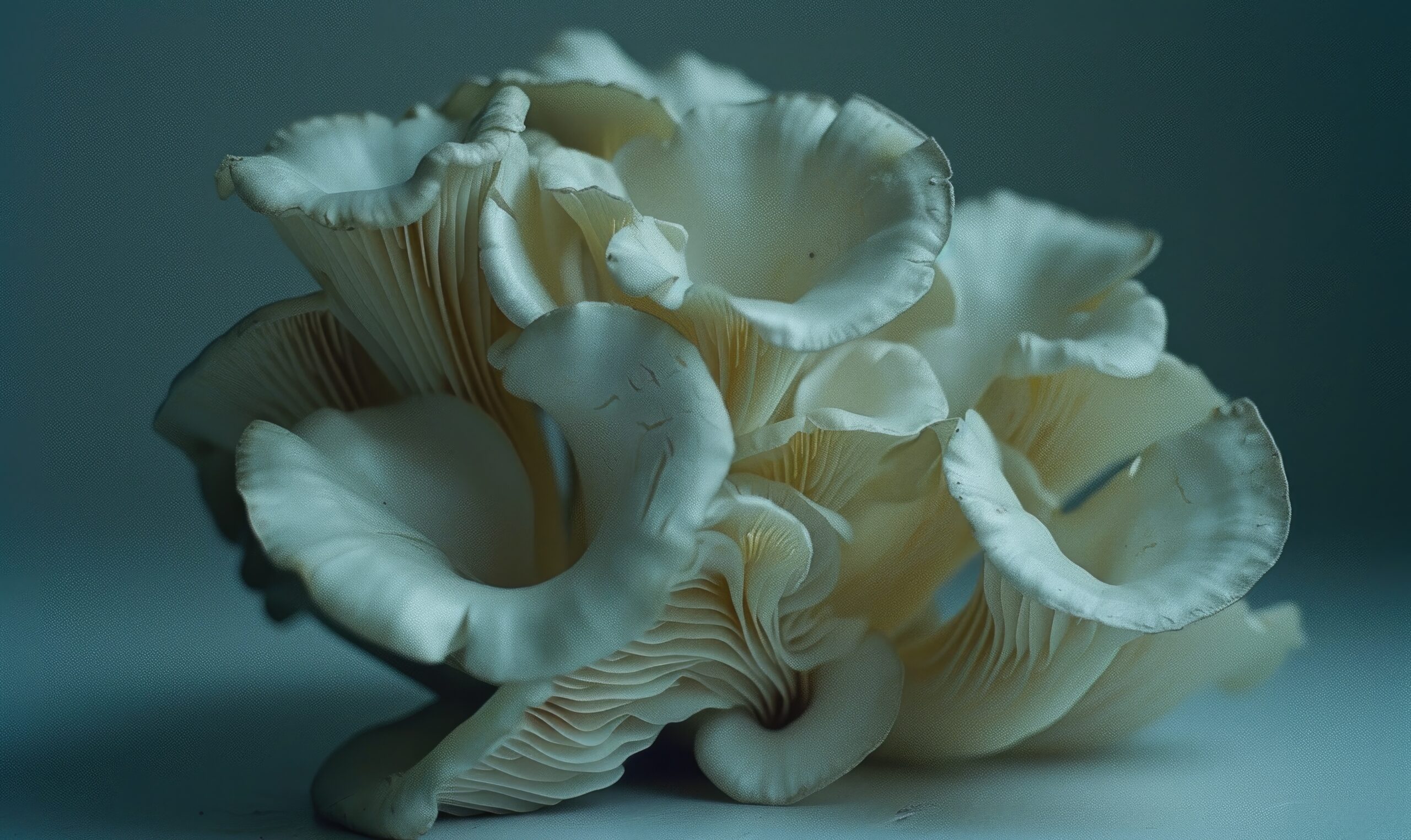How Rare Are Chicken of the Woods?
Key Takeaways
- Chicken of the Woods mushrooms are relatively common and not considered rare.
- They can be found in various regions and habitats across the United States.
- Their popularity among foragers and mushroom enthusiasts highlights their abundance.
Chicken of the Woods mushrooms, scientifically known as Laetiporus, are a popular choice among foragers and mushroom enthusiasts. But how rare are they? Let’s explore the information available to find out.
Overview of Chicken of the Woods Mushrooms
Chicken of the Woods mushrooms are known for their vibrant colors and distinctive taste. They are commonly found in the wild and often sought after by foragers. The mushroom gets its name from its texture, which resembles cooked chicken when cooked properly. It is important to note that not all species of Laetiporus are edible, so it is crucial to be able to identify the correct species before consuming them.
Research Findings
To determine the rarity of Chicken of the Woods mushrooms, we can refer to several sources. According to AllRecipes, Chicken of the Woods mushrooms are not considered rare. MushroomStalkers also states that they are not a rare find. Furthermore, Unruly Gardening mentions that Chicken of the Woods mushrooms are common and easy to find, making them beginner-friendly. These sources provide consistent information regarding the availability of Chicken of the Woods mushrooms.
PrimalSurvivor’s Perspective
PrimalSurvivor, a website dedicated to survival skills and foraging, provides additional insights. They mention that there are seven species of Chicken of the Woods mushrooms that occur in the United States. These mushrooms can be found in various regions and habitats, further indicating their abundance. Therefore, based on the information gathered, it can be concluded that Chicken of the Woods mushrooms are relatively common and not considered rare.
Conclusion
In conclusion, Chicken of the Woods mushrooms are not considered rare. They are relatively common and can be found in various regions and habitats across the United States. Their popularity among foragers and mushroom enthusiasts is a testament to their abundance. If you are interested in foraging for mushrooms, Chicken of the Woods can be a great starting point due to their availability and distinct characteristics.
Related Websites:
FAQs:
Q: What is chicken of the woods?
Chicken of the woods is a mushroom with vibrant orange or yellow shelves. It is known for its meaty texture and subtle flavor that some say resembles chicken. This mushroom is highly valued in the culinary world and is popular among mushroom enthusiasts for its versatility in various dishes.
Q: How can I identify chicken of the woods?
When identifying chicken of the woods, look for its unique characteristics. It has a vibrant orange or yellow color, grows in overlapping shelves, and lacks gills or pores on its underside. Additionally, it typically grows on living or dead hardwood trees, such as oak or maple. Pay attention to these features to confidently differentiate it from similar mushrooms.
Q: Where does chicken of the woods grow?
Chicken of the woods prefers to grow in the wild on living or dead hardwood trees. It can commonly be found in North America, Europe, and Asia. Look for it in forests, particularly in wooded areas with oak or maple trees.
Q: When and where can I find chicken of the woods?
Chicken of the woods mushrooms are typically found during the summer and early fall, depending on the region. Availability can be influenced by factors such as temperature, rainfall, and local ecology. While it can be considered rare in some places, it may be more abundant in others. It’s best to research your specific location and consult local foraging resources for the most accurate information.
Q: How can I safely find and harvest chicken of the woods?
When searching for chicken of the woods, it is important to exercise caution and use proper identification techniques. Make sure you positively identify the mushroom before consuming it. Only harvest from healthy-looking specimens and avoid mushrooms growing on potentially toxic trees. It is crucial to practice responsible foraging by taking only what you need and leaving some behind for wildlife and future growth.






